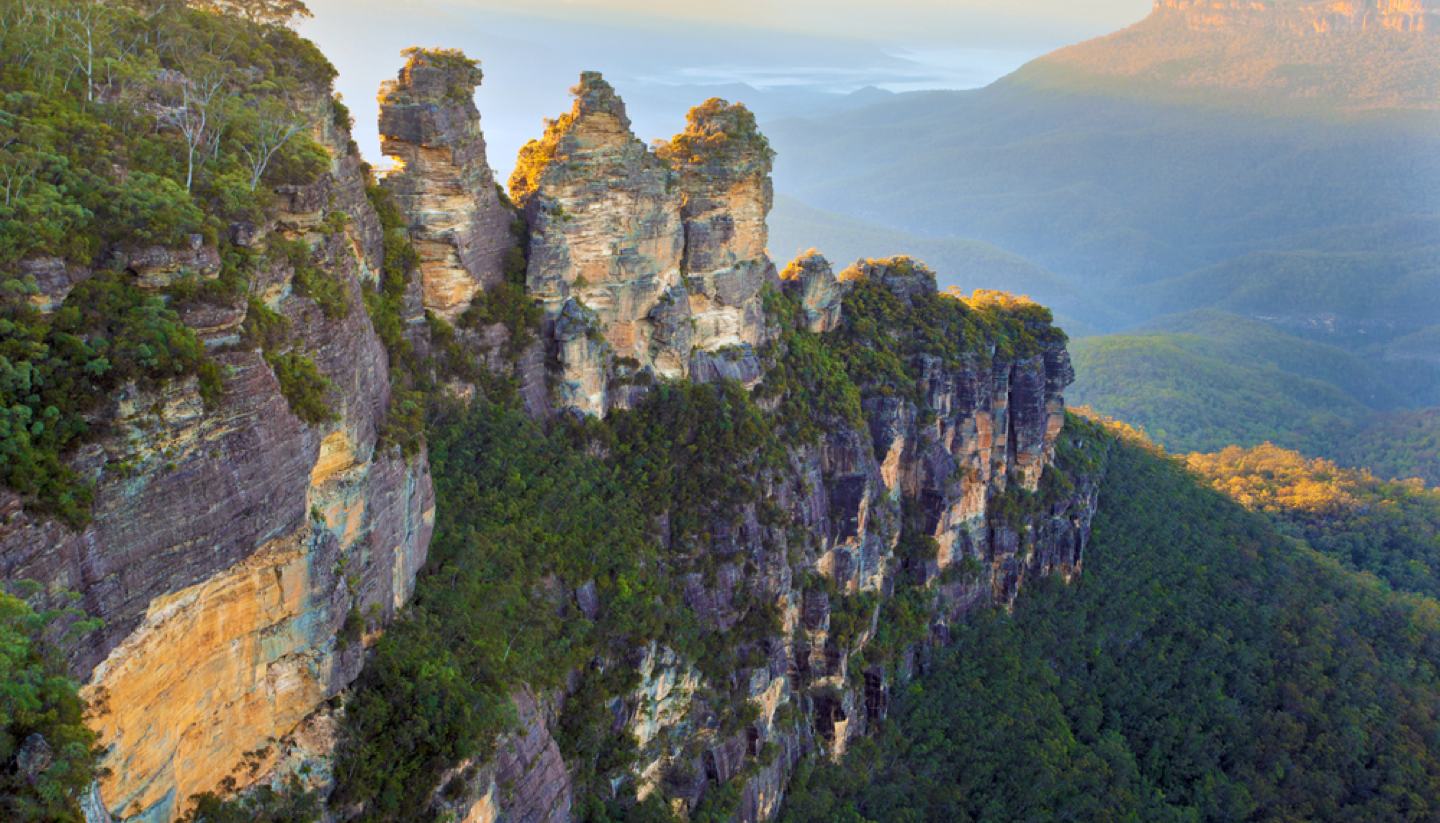New South Wales History, Language and Culture
History of New South Wales
Ancient human remains uncovered at Mungo in southwestern New South Wales suggest the land has been inhabited by Aborigines for over 40,000 years.
In 1770 James Cook and the crew of the HMS Endeavour became the first Europeans to land in Australia at what is now known as Botany Bay in southern Sydney.
In 1788 New South Wales became the first Australian penal colony by the British under King George III. Australia’s first political party was established in New South Wales in 1835 by William Wentworth and the Australian Colonies Government Act of 1850 granted a representative constitution to the colony.
Initially, New South Wales included the whole western half of the country, but Victoria separated from New South Wales in 1851, and eight years later Queensland followed. The Gold Rush in the 1850s attracted many settlers and the population in the neighbouring colonies rose significantly. An intense economic and political rivalry between New South Wales and Victoria led to the colonies developing in different directions in the second half of the 19th century. Victoria became increasingly protectionist and liberalist while New South Wales remained more conservative.
After a lack of support for a federation of Australia’s colonies at the end of the 19th century, a majority vote in 1901 finally led to the self-governing colonies of Australia becoming part of the Commonwealth of Australia. The imposition of tariffs following the federation increased local manufacturing, and by the beginning of the 1920s, New South Wales had overtaken Victoria as the Australian leader in heavy industry.
The first Aboriginal reserves were established in New South Wales as early as 1850; however, only a small percentage of Aborigines chose to live in them. The Aborigines Protection Act of 1909 gave a board the authority to ‘protect and care for Aborigines’ living in reserves. An amendment to the act in 1915 gave the board the power to remove Aboriginal children from their parents which resulted in what is now called the Stolen Generation.
The Great Depression, which began in 1929, resulted in mass unemployment and a rift between the social classes. During World War II, New South Wales experienced another surge of economic development that was interrupted by post-war coal strikes. Since the 1970s new emerging industries such as information technology and financial services have taken over and major constructions such as the Sydney opera house have shaped the image of the city.
Did you know?
• At 4,635 km New South Wales’ border is the longest of all Australian states.
• The top three languages spoken in New South Wales other than English are Mandarin, Arabic and Cantonese.
• New South Wales is also referred to as ‘First State’.

